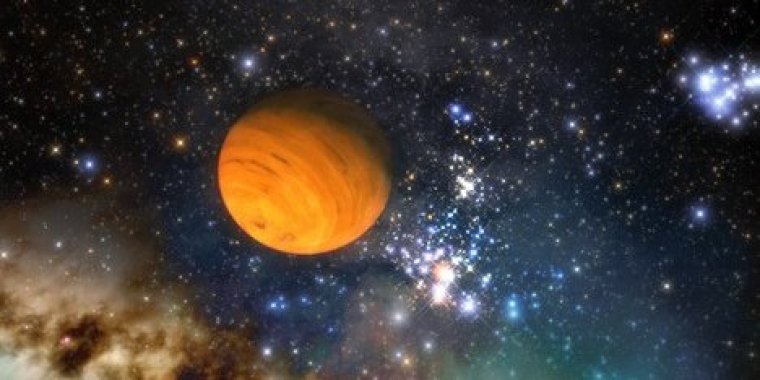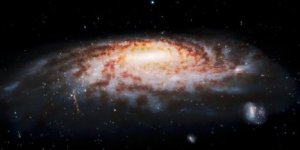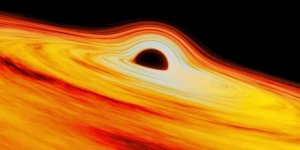| News / Space News |
Astronomers identify record number of free-floating planets
An international team of astronomers examined archived images and data from NSF's NOIRLab observatories, as well as other telescopes and facilities around the globe. The astronomers identified at least 70 new free-floating planets -- planets that drift through space without a parent star -- in the Upper Scorpius OB stellar association, a region of the Milky Way 420 light-years away.

Astronomers surveying archived images doubled the number of known orphan planets. Photo: NOIRLab/NSF/AURA/J. Da Silva
Findings from the survey conducted by the astronomers, involving 80,000 wide-field images captured over 20 years, almost double the number of previously known free-floating planets.
The discovery of so many free-floating planets would not have been feasible without access to NOIRLab's Astro Data Archive and Astro Data Lab science platform operated at the Community Science and Data Center, or CSDC, scientists say.
These planets, lurking far away from any star illuminating them, would normally be impossible to image directly.
However, the research team took advantage of the fact that these younger planets are still hot and bright enough to be seen directly using modern telescopes and instrumentation.
The discovery of this remarkably large group of orphan planets will shine light on the origins of the sunless worlds.
Scientists theorize that orphan planets could form when the collapse of a gas cloud is too small to form a star, or that the planets were once part of a system with a parent star. But the origin story of orphan planets is, for now, largely unknown. (National Science Foundation)
YOU MAY ALSO LIKE





